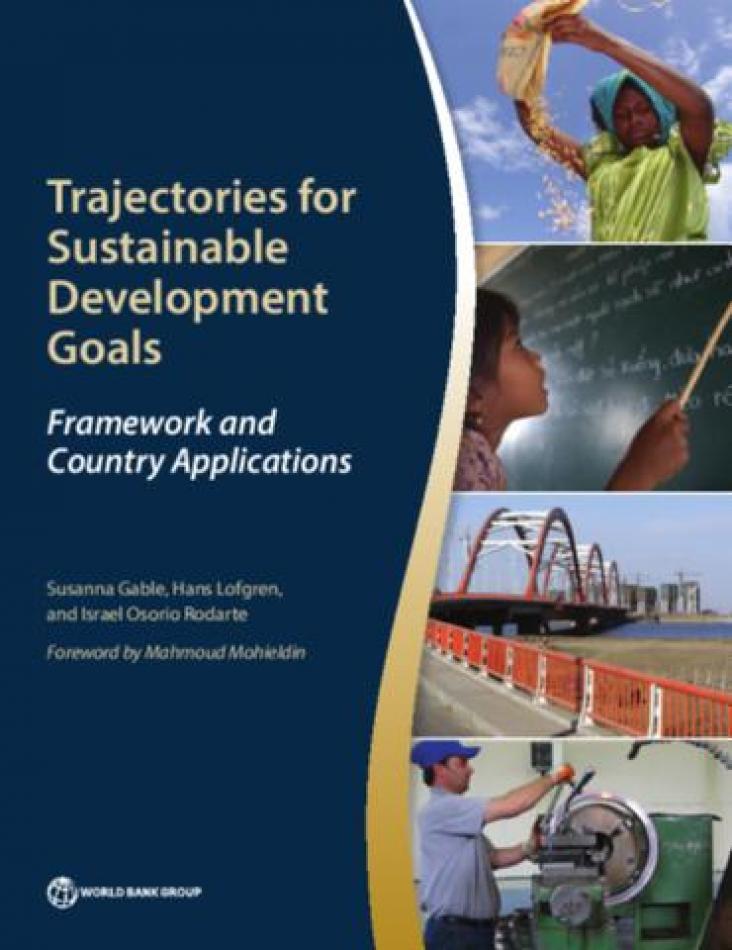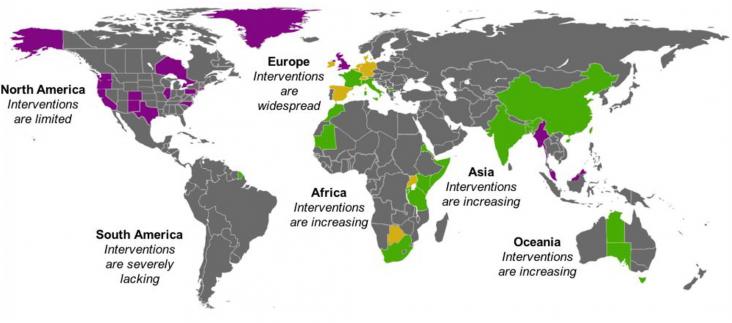This book chapter advances SDGs 12 and 14 by focusing on the importance of fisheries and its role in human development, considering historical aspects, the main uses of targeted taxa, and their capture methods, which include the use of animals.
The United Nations Sustainable Development Goals (SDG), adopted in September 2015, are accompanied by targets which have to be met individually and collectively by the signatory states.
Since the 1950s the amount of plastics in the marine environment has increased dramatically. Worldwide there is a growing concern about the risks and possible adverse effects of (micro)plastics.
Fisheries constitute an important source of livelihoods for tens of thousands of poor people in the southwest coastal region of Bangladesh, and they supply a significant portion of protein for million

This book presents the country development diagnostics post-2015 framework, developed by the World Bank Group to assess the country-level implications of the post-2015 global agenda, as well as brief, ‘at-a-glance’ applications of the framework to ten countries: Ethiopia, Jamaica, the Kyrgyz Republic, Liberia, Nigeria, Pakistan, Peru, the Philippines, Senegal, and Uganda.
Today, accredited zoos are not just places for entertainment, they are actively involved in research for conservation and health.

Many countries are experiencing economic benefit from a surge in tourism, but once pristine landscapes are changing and local communities rarely benefit from the tourism, and instead run the risk of losing their livelihoods. Researchers in Thailand are investigating “creative tourism” – creative, sustainable approaches to tourism, that enable producers and consumers to relate and get value from their connections. This supports the tourism elements of SDGs 8, 12 and 14.
The increasing popularity of marine wildlife tourism (MWT) worldwide calls for assessment of its conservation outcomes and the development of appropriate management frameworks to ensure the conservati

Marine plastic pollution has been a growing concern for decades. Single-use plastics (plastic bags and microbeads) are a significant source of this pollution.

Photos of a beach on Henderson Island in the Pacific Ocean provides yet more evidence of the detrimental impact that packaging and other plastics waste is having on the environment globally. Creating a virtuous circle out of what, until now, has largely been a chain of production from feedstock to consumer will not be easy. But it is the innovation aspect that has fired the imagination of producers, processors and corporate consumers of plastics packaging. This fits with SDG 9.4 to upgrade infrastructure and retrofit industries to make them sustainable, with increased resource-use efficiency and greater adoption of clean and environmentally sound technologies and industrial processes and SDG 7 Affordable and Clean Energy.
